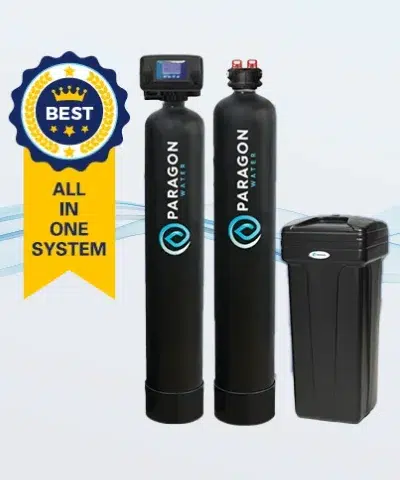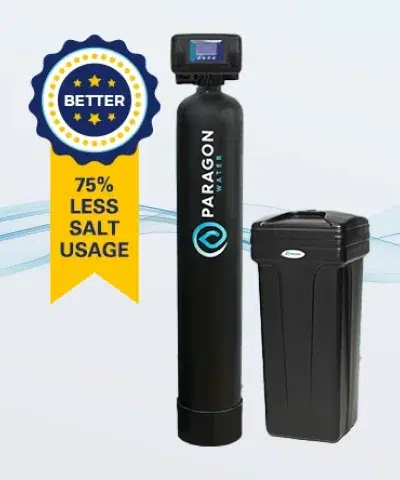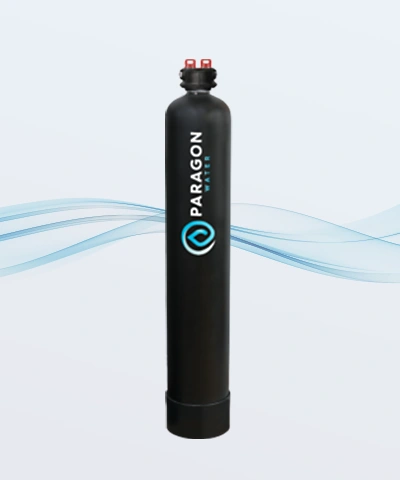Chlorine has been in use in our water systems since 1908, when it was first used to eliminate serious water-borne diseases such as typhoid. It has been in common use for over 80 years and has some proven public health benefits. However, in the 1970’s research uncovered that chlorine, when added to water, forms Trihalomethanes (chlorinated by-products) by combining with certain naturally occurring organic matter such as vegetation and algae. Further, the American Journal of Public Health published a report in 1992 that showed a 15% to 35% increase in certain types of cancer for people who consume chlorinated water. The report also stated that much of these effects were due to showering and bathing in chlorinated water.
According to The National Cancer Institute, cancer risks for people who consume chlorinated water may be to be up to 93% higher than for people who do not. While acknowledging the need for clean public water, most experts now agree that there are some significant risks related to consuming chlorine and chlorinated by-products in drinking water.




